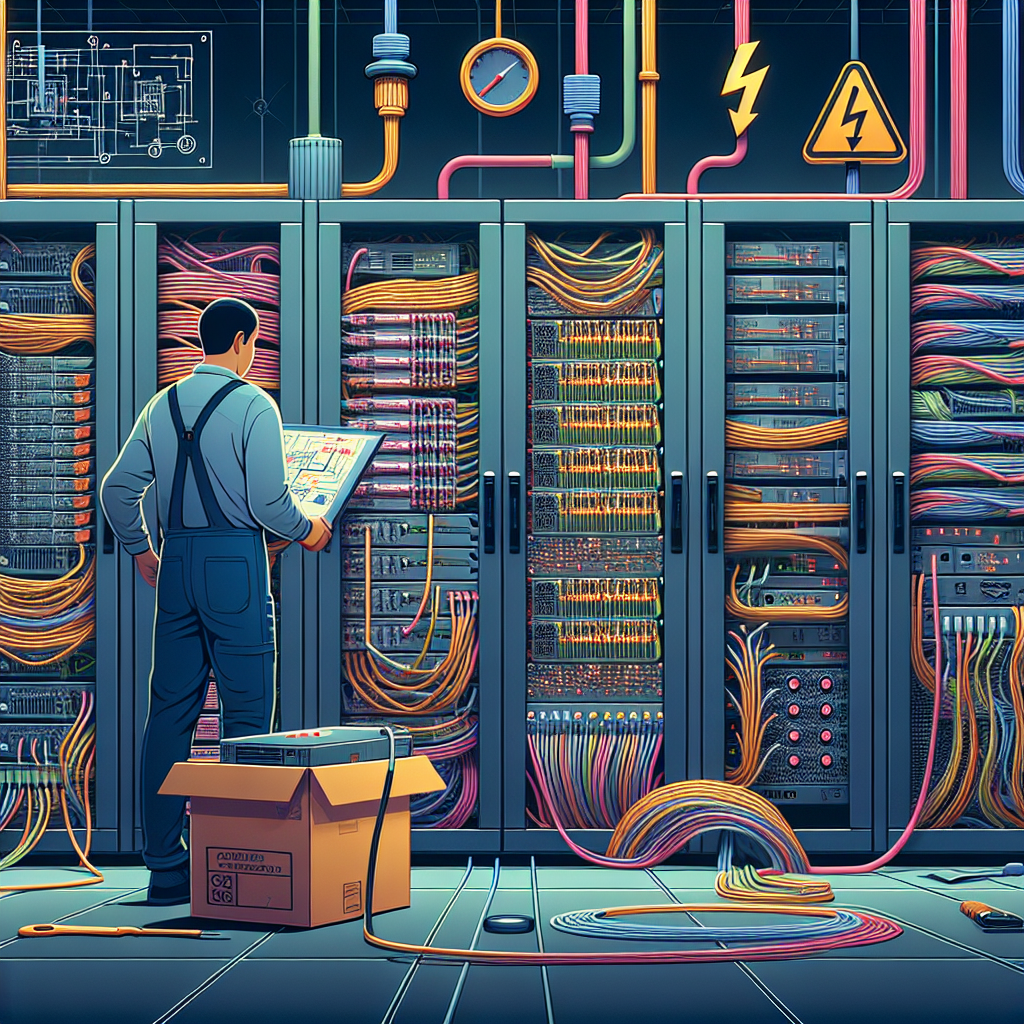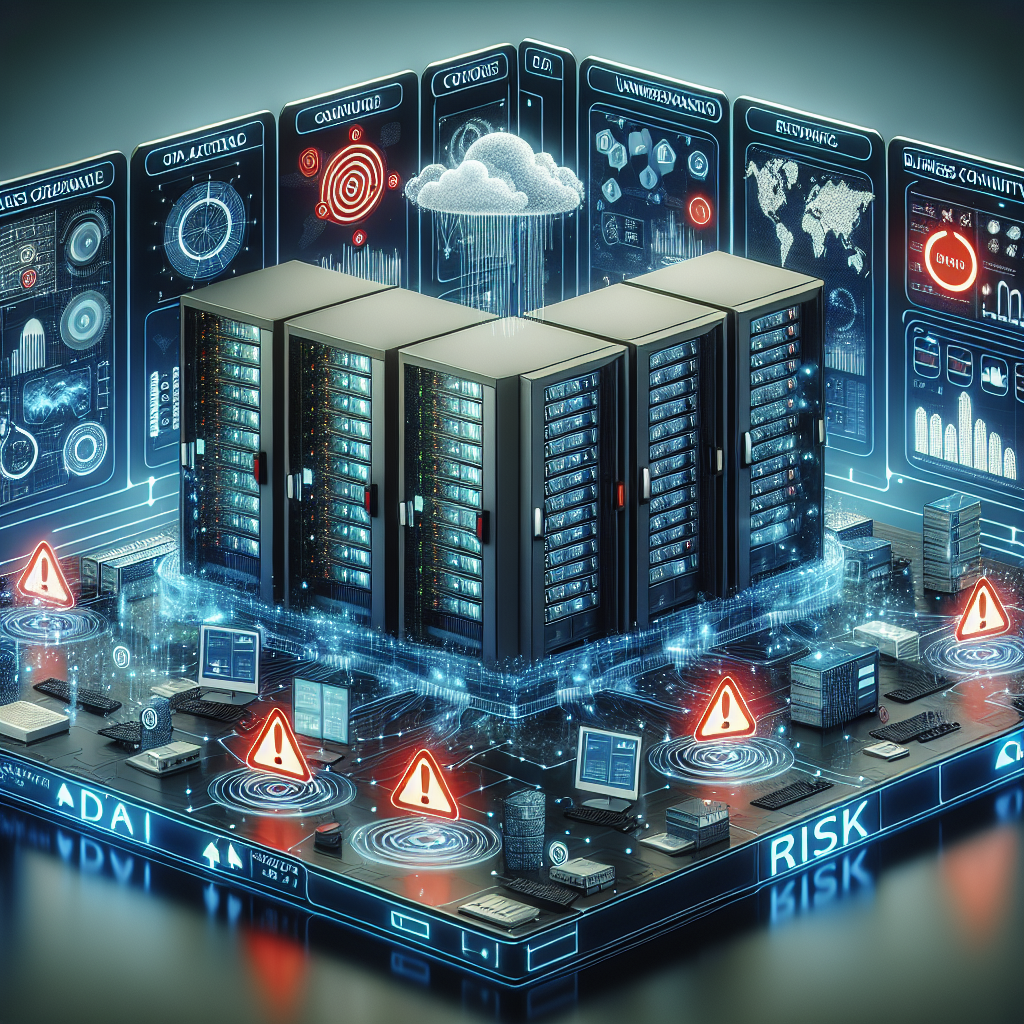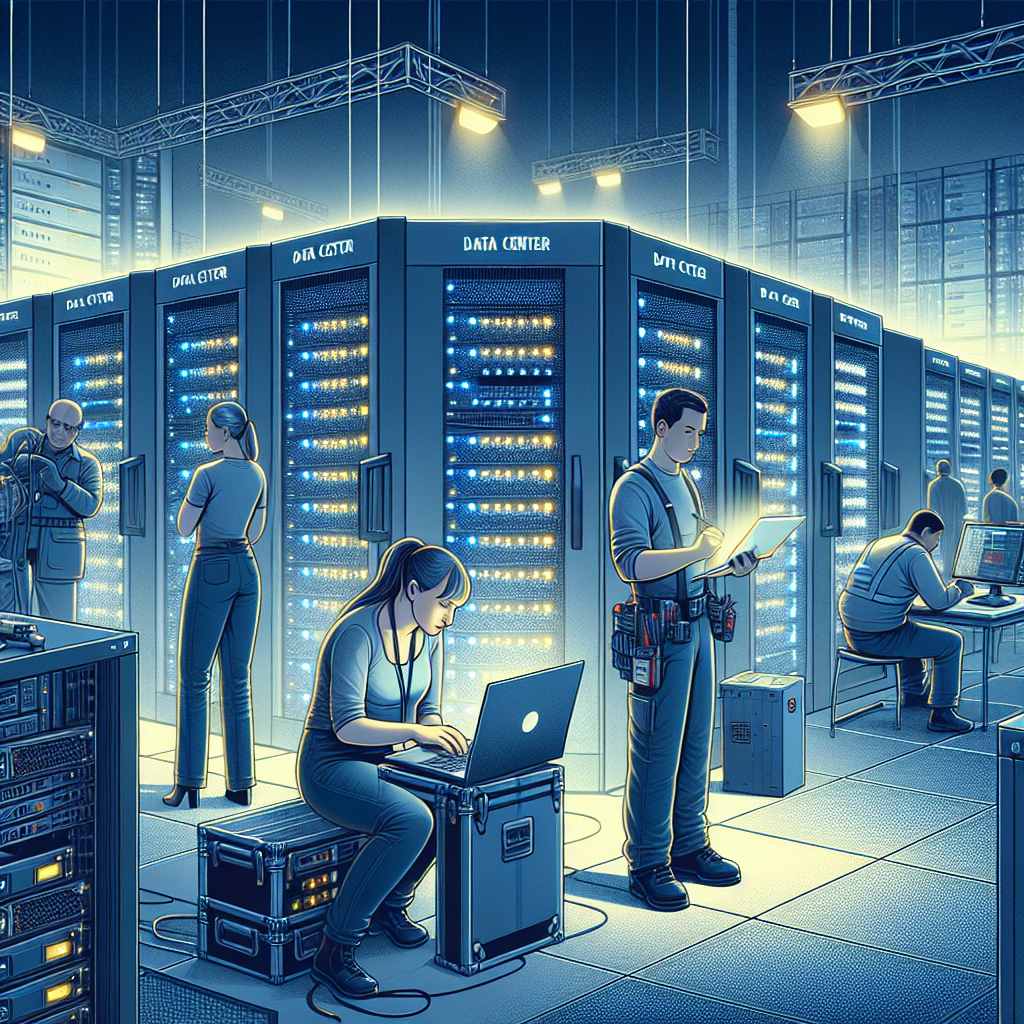Data centers are the backbone of modern technology infrastructure, housing the servers and networking equipment that power our digital world. As such, the reliability and uptime of these facilities are crucial for businesses and organizations to ensure uninterrupted service and data accessibility.
One of the key strategies in ensuring high availability and minimizing downtime risks in data centers is redundancy. Redundancy refers to the practice of having backup systems and components in place to ensure continuous operation in the event of a failure or outage. This redundancy can be applied at various levels within a data center, from power and cooling systems to networking and storage infrastructure.
Power redundancy is perhaps the most critical aspect of data center redundancy, as any interruption in power supply can lead to downtime and data loss. To mitigate this risk, data centers typically employ multiple layers of redundancy, including backup generators, uninterruptible power supply (UPS) systems, and redundant power distribution units (PDUs). These redundant systems ensure that critical infrastructure remains powered even in the event of a utility power outage or equipment failure.
Cooling redundancy is another important component of data center resilience, as overheating can cause equipment failure and downtime. Redundant cooling systems, such as redundant air conditioning units or liquid cooling solutions, help maintain optimal operating temperatures and prevent equipment overheating.
Networking redundancy is also crucial for ensuring continuous connectivity and data access. Redundant network switches, routers, and network connections help distribute traffic and ensure that data can flow smoothly even in the event of a network failure.
Storage redundancy is essential for protecting data integrity and ensuring availability. Redundant storage arrays, such as RAID configurations or storage area networks (SANs), help ensure that data is replicated and protected against hardware failures.
Overall, data center redundancy plays a critical role in mitigating downtime risks and ensuring high availability of services and data. By implementing redundant systems and components at various levels of the data center infrastructure, organizations can minimize the impact of failures and outages, ensuring that their operations remain uninterrupted and their data remains accessible at all times.










